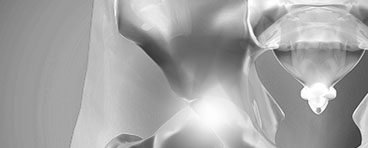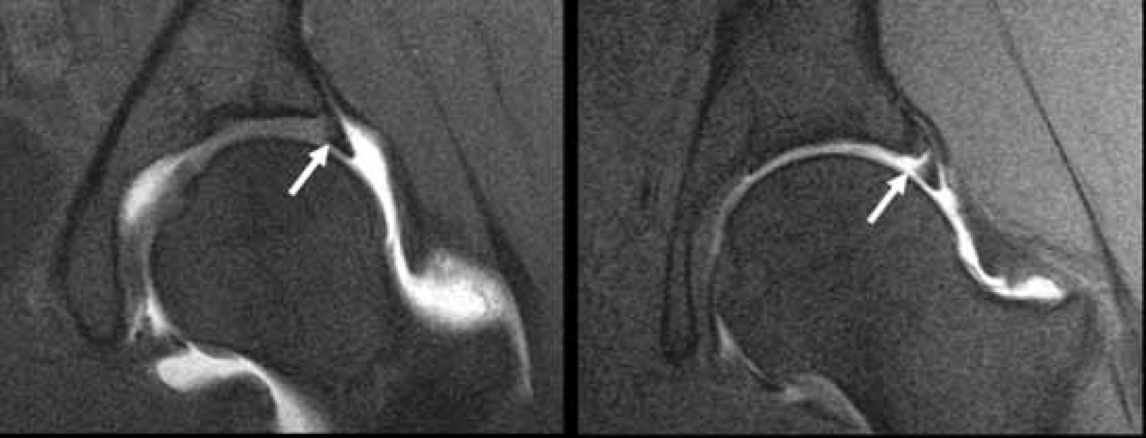Click on the links below to find out more
Labral Tears
DESCRIPTION
In a significant number of people, labral tears can be part of the natural aging process of the hip joint and may not cause any symptoms. A very careful history and physical examination is required to determine if hip pain is coming from a labral tear or another cause.
CONDITION
Labral tears can be caused by:
- Trauma
- Arthritis/degeneration
- Acetabular Dysplasia/Developmental Dysplasia
- Femoroacetabular Impingement(FAI)
- Acetabular Retroversion
Frequent symptoms of labral tears are:
- Groin/hip pain
- Clicking/Catching in the hip
- Restricted hip range of motion
Types of Tears
Tears of the cartilage can be full thickness, partial thickness or degenerative and can torn in multiple layers. The tears are typically circumferential (around the ring of the labrum) rather than radial (directly from the outer edge of the labrum to the bone).
Tears can be associated with cysts (paralabral cysts), which are collections of fluid in the tissue outside the joint. A tear in the labrum, or hip cartilage, can act as a ‘flap valve’ which causes fluid to become trapped outside the joint.
Once there is a tear in the labrum, it is unlikely to heal by itself. It may however be managed so that it doesn’t cause problems. Many people have labral tears as part of the natural aging process of the hip, and they do not require treatment.
Tears can be associated with cysts (paralabral cysts), which are collections of fluid in the tissue outside the joint. A tear in the labrum, or hip cartilage, can act as a ‘flap valve’ which causes fluid to become trapped outside the joint.
Once there is a tear in the labrum, it is unlikely to heal by itself. It may however be managed so that it doesn’t cause problems. Many people have labral tears as part of the natural aging process of the hip, and they do not require treatment.

Left: hip instability (the hip moving in and out of joint) can cause labral tears. Right: an abnormal shape of the femoral head due to femoroacetabular impingement (FAI) can cause the labrum to tear. (Lavigne et al CORR 2004)
Left: detached/displaced labral tear. Right: Labral compression causing labral tearing.
Right: MRI image demonstrating a labral tear (indicated by white arrow)
The video above demonstrates a labral tear and cartilage separating from the hip joint, showing early arthritis in the hip.

Dr David Slattery
FRACS MBBS (Hons) LLB FAOrthA
Dr David Slattery is an orthopaedic surgeon based in Melbourne with over 10 years of experience, with a special focus on hip and knee joint preservation and replacement. With qualifications in both medicine and law, he brings a unique and comprehensive approach to patient care. His surgical techniques are minimally invasive and evidence-based, designed to reduce pain and enhance recovery.
Trained in leading institutions across Europe and the USA, Dr Slattery offers advanced treatments for a wide range of joint conditions. He is deeply committed to patient outcomes and takes pride in tailoring treatment plans to each individual. Whether you’re an athlete or seeking relief from chronic joint pain, his goal is to restore function and improve your quality of life.









